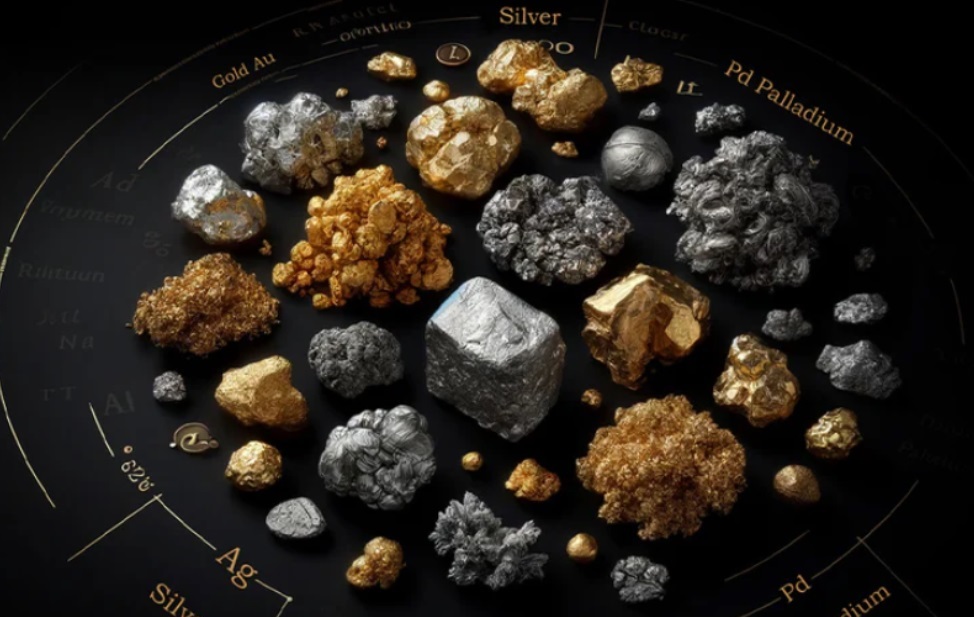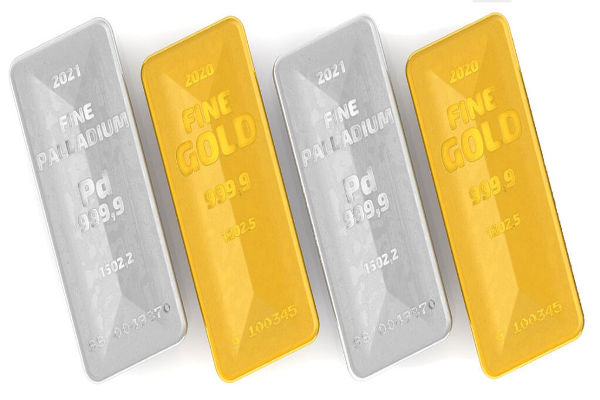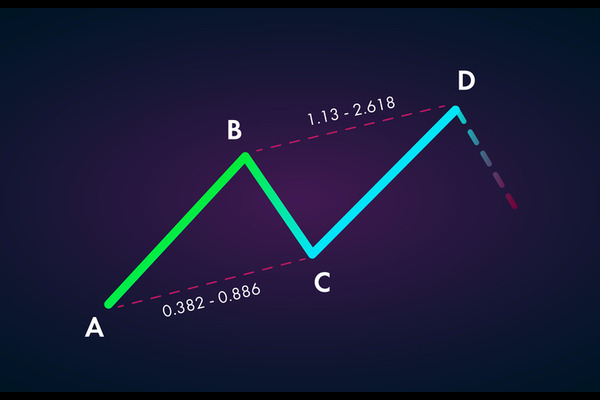Investing in precious metal stocks has long been a popular strategy for those looking to hedge against inflation, protect their wealth, and diversify their portfolios. Unlike physical gold and silver, which require storage and security, stocks in mining companies offer a way to gain exposure to the value of these metals without the hassle of owning the assets directly. With market trends shifting and economic uncertainty on the rise, traders are paying close attention to companies operating in this sector. Understanding how these stocks work, which companies lead the industry, and what factors influence their performance can help you decide if they deserve a place in your portfolio.
The Appeal of Precious Metal Stocks
Gold, silver, platinum, and palladium have been valued for centuries, both as currencies and as stores of wealth. Today, they play a crucial role in investment markets, with mining companies allowing traders to benefit from fluctuations in metal prices. Precious metal stocks represent ownership in companies involved in extracting and processing these materials, and their performance is closely tied to the price movements of the metals themselves.

One of the main reasons traders turn to precious metals is their reputation as safe-haven assets. When economic uncertainty looms or inflation rises, people often flock to gold and silver, driving up their value. Unlike traditional stocks, which may decline during market downturns, precious metal stocks can sometimes rise as traders seek stability. However, investing in these stocks isn't just about security; they also offer significant growth potential, especially when demand for metals increases.
Leading Precious Metal Stocks to Watch
The precious metals sector is home to several major mining companies, each with its own strengths and focus. Among them, Barrick Gold and Newmont Corporation are two of the biggest names in the gold mining industry. These companies have extensive operations across multiple countries and benefit from economies of scale, making them resilient even during market fluctuations.
For those interested in silver, Wheaton Precious Metals is a strong contender. Unlike traditional mining companies, Wheaton operates as a streaming company, meaning it provides upfront capital to miners in exchange for a percentage of the metals they produce at a fixed price. This business model allows it to benefit from rising metal prices while avoiding the direct risks of mining operations.
In the platinum and palladium space, Sibanye Stillwater is one of the leading producers. These metals are essential for industrial uses, particularly in automotive catalytic converters that help reduce emissions. As the push for greener technology continues, demand for platinum group metals could see a steady rise.
Apart from established giants, newer players and mid-tier miners are also worth considering. Companies with expanding mining projects or those operating in resource-rich regions could provide strong growth opportunities for traders willing to take on higher risk.
Market Trends Impacting Precious Metals
The performance of precious metal stocks is heavily influenced by broader market trends. One of the biggest drivers is inflation and central bank policies. When inflation rises, the purchasing power of fiat currencies weakens, leading many traders to turn to gold and silver as protection against currency depreciation.
Geopolitical events also play a major role. Wars, trade tensions, and economic instability often lead to increased demand for safe-haven assets. For example, during times of financial crisis, gold prices tend to surge as people seek stability.
Another key factor is technological advancements and industrial demand. Silver, for instance, is widely used in electronics, solar panels, and medical applications. As green energy initiatives grow, silver demand is expected to rise. Platinum and palladium, on the other hand, are crucial for automotive industries, and shifts in vehicle production trends can directly impact their prices.
How to Evaluate Precious Metal Stocks Before Investing
Before diving into precious metal stocks, understanding how to assess their potential is crucial. A few key factors can help you distinguish promising opportunities from risky bets.
Key Metrics to Consider
When analysing mining companies, look closely at their financial and operational metrics. Production costs are critical—companies with lower costs per ounce can maintain profitability even when metal prices drop. Additionally, proven and probable reserves indicate how much metal a company can extract, directly impacting its future earnings potential. It's also essential to assess a company's debt levels. Miners with heavy debt can struggle during downturns, while those with strong balance sheets are more resilient.
Mining Stocks vs. ETFs: Knowing the Difference
Traders can gain exposure to precious metals through two main avenues: individual mining stocks or exchange-traded funds (ETFs). Mining stocks can offer high returns if a company strikes new reserves or benefits from rising metal prices, but they also carry risks tied to management and operations. On the other hand, precious metal ETFs, such as SPDR Gold Shares (GLD) or iShares Silver Trust (SLV), track metal prices directly, providing a more stable and diversified way to invest without exposure to individual company performance.
Market Timing and Investment Strategies
Timing can significantly impact returns. Precious metal stocks often rise during periods of economic uncertainty or high inflation. However, short-term market swings can be unpredictable. Traders should consider their time horizon—those focused on long-term growth can benefit from holding stocks through market cycles, while short-term traders might capitalise on price fluctuations. Combining both strategies or using a dollar-cost averaging approach—investing a fixed amount regularly—can help reduce risk in volatile markets.
In conclusion, evaluating precious metal stocks with a clear understanding of these metrics and strategies can help traders make more informed decisions and build a stronger, more resilient portfolio.
Disclaimer: This material is for general information purposes only and is not intended as (and should not be considered to be) financial, investment or other advice on which reliance should be placed. No opinion given in the material constitutes a recommendation by EBC or the author that any particular investment, security, transaction or investment strategy is suitable for any specific person.







